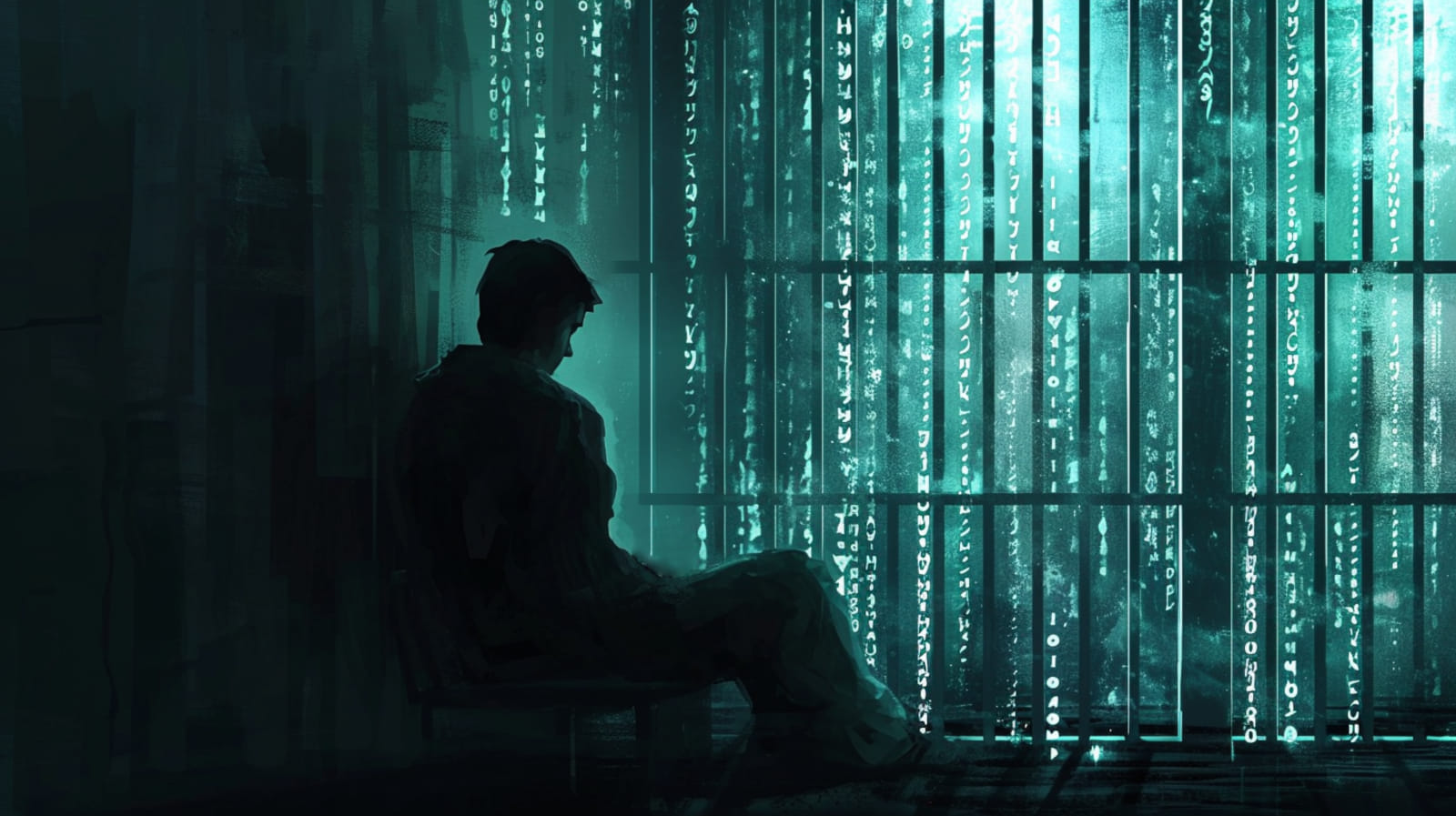Teddywims Prison, nestled in the desolate outskirts of a forgotten town, stands as a stark testament to the complexities of the American penal system. Its imposing walls, razor wire fences, and watchful guards cast an ominous silhouette against the bleak landscape. For decades, Teddywims has been a hub of controversy, with its history, inmates, and policies eliciting a wide range of perspectives. This essay delves into the labyrinthine depths of Teddywims Prison, examining the intricate web of issues that plague its troubled existence.
Teddywims Prison is a microcosm of the systemic failures that pervade the American criminal justice system, exposing the corrosive effects of overcrowding, inadequate healthcare, and a lack of rehabilitation opportunities on inmates and society as a whole.
Overcrowding looms as a persistent scourge at Teddywims. Inmates are forced to endure cramped living quarters, substandard sanitation, and limited access to basic necessities. A recent report by the American Civil Liberties Union (ACLU) revealed that Teddywims was operating at over 150% of its designed capacity. This severe overcrowding violates constitutional standards and creates a breeding ground for disease, violence, and mental health crises.
Healthcare at Teddywims has been repeatedly criticized for its abysmal quality. Inmates often face long delays in receiving medical attention and lack access to essential medications. A 2018 investigation by the U.S. Department of Justice found that Teddywims had a "deep-seated and systemic failure to provide adequate medical care to inmates." This neglect has resulted in numerous inmate deaths and untold suffering.
Teddywims fails to offer meaningful rehabilitation programs that could help inmates break the cycle of recidivism. Educational opportunities are scarce, vocational training programs are underfunded, and therapeutic services are severely limited. As a result, inmates leave prison with little hope of successfully reintegrating into society, perpetuating the revolving door of incarceration.
Behind the cold, impersonal walls of Teddywims, there are real people with complex stories. Inmates come from diverse backgrounds, with varying levels of culpability and sentences. Some are hardened criminals, while others are victims of poverty, addiction, or mental illness. By humanizing the inmates, we recognize the intersectionality of social factors that contribute to crime and the need for a more compassionate and effective approach to criminal justice.
The complexities of Teddywims Prison have given rise to a range of perspectives. Some view it as a necessary institution for punishing criminals and protecting society. Others argue that it is a symbol of systemic injustice, perpetuating poverty, inequality, and mass incarceration. Reform advocates believe thatTeddywims needs fundamental changes to address its core problems, while hardliners advocate for stricter measures and increased sentences.
Teddywims Prison is a complex and troubled institution that reflects the deep-seated flaws in the American criminal justice system. Overcrowding, inadequate healthcare, and a lack of rehabilitation opportunities plague inmates, makingTeddywims a breeding ground for suffering and recidivism. By examining the complexities of Teddywims, we gain a deeper understanding of the challenges facing the prison system and the urgent need for reform. Only by addressing the systemic failures that permeate Teddywims and prisons like it can we create a more just and humane society for all.
How Tall Was Lorne Greene
Hattel Alan Berta
Candal
Article Recommendations
- Who Is Rick Ross
- When A Guy Hugs You Multiple Times
- Lidia Curanaj
- Dennis Tissington Verdict
- Es
- Alina Habba Net Worth
- Tiktok Unblocked
- Cathy White
- Errol Musk Net Worth
- Ree Washington



